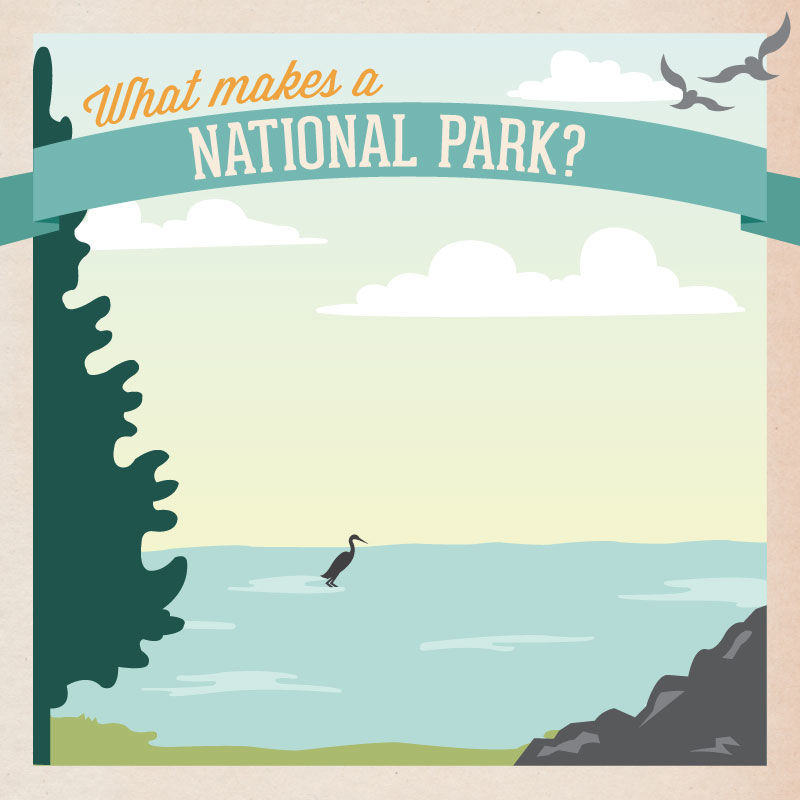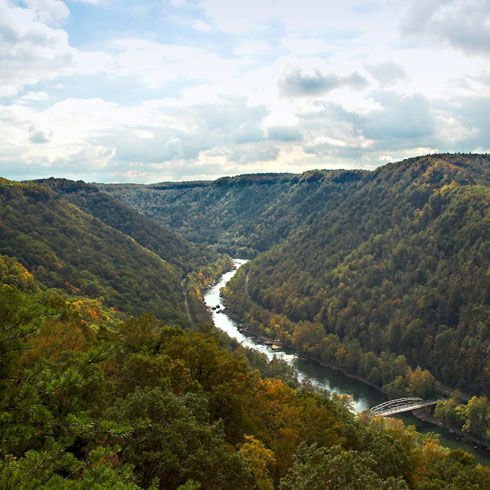Most Americans think of the Grand Canyon or Yellowstone as iconic national parks. But many national parks are not what people imagine parks to be. The park system's 397 units are composed of seashores, lakeshores, rivers, preserves, parkways, recreation areas, historic sites, monuments, memorials, cemeteries, and battlefields. Once Congress establishes a park, its purpose, and its boundary, the government can acquire the park from willing sellers. When government negotiations are slow and resources are threatened, private individuals and conservation organizations take action. Perhaps the greatest helpers were John D. and Laurance Rockefeller, whose gifts protected much of Glacier, the Virgin Islands, Acadia, the Great Smoky Mountains, Shenandoah, and the Blue Ridge Parkway. Today many partners carry on this tradition. The Conservation Fund will soon protect the next (and Delaware's first) national park, Woodlawn National Monument.
Most National Park System (NPS) units have long-range plans for their management. In the past ten years WRT assisted with plans for New River Gorge National River, Assateague Island National Seashore, Hopewell Furnace National Historic Site, Cedar Creek and Belle Grove National Historical Park, the Gauley River National Recreation Area, Anacostia Park, the Captain John Smith Chesapeake National Historic Trail, and the Star-Spangled Banner National Historic Trail. Major design assignments include WRT’s recent work at the Thomas Jefferson Memorial and Georgetown Waterfront Park (an NPS “protected area”).

